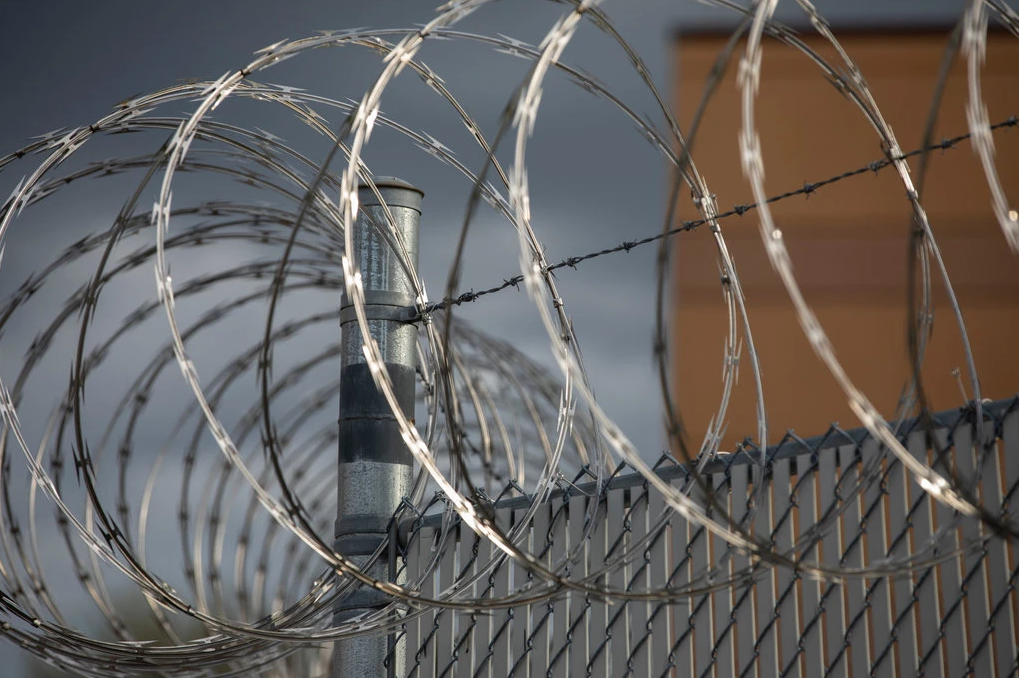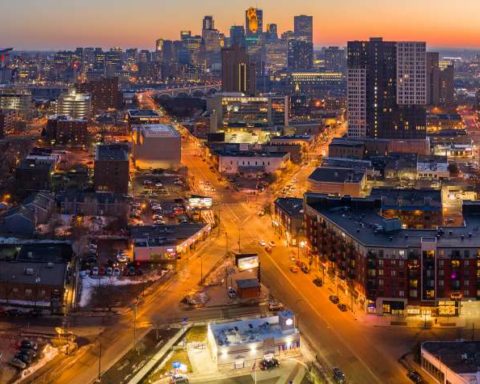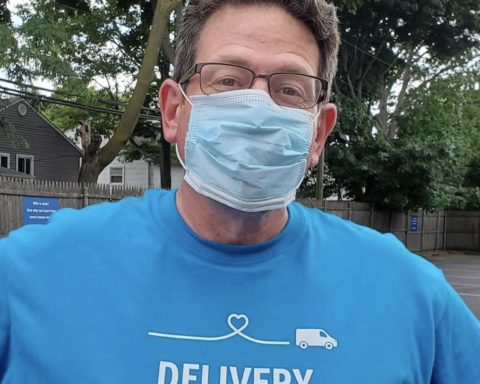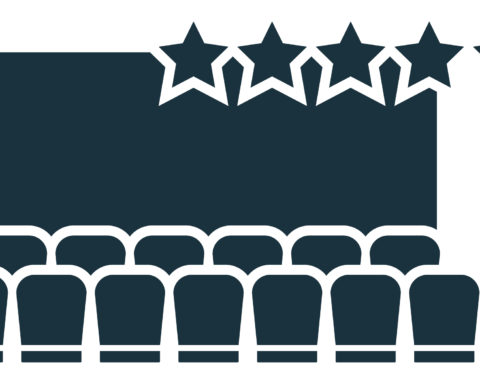WASHINGTON DC—When asking Margot Kirkland, director of a returning citizens’ program, what the biggest problems she faced when serving her clients were, “fear and mental illness” were the last I expected but they unveil the painful truth of the for-profit criminal justice system in America and the integral proponents that propel it to the level it is engorged to today.
Revealing the ugly faces of the sweet lies Americans have swallowed, I decided to turn to the very system I was investigating.
When I called Wendy Pohlhaus, Director of Community Prosecution for the Attorney General’s Office in DC, there was a metallic crackle as we connected, and a surprisingly bright voice met me over the phone, as our interview progressed I was continually comforted by her youthful passion and familiarity, it felt as though I was talking to someone I’d met once before, or reconnecting with an old friend. Coming from a background in law Ms. Pohlhaus moved between careers as a defense lawyer and prosecutor, and in utilizing her extensive understanding of our justice system, her experience punctuates her effectiveness in her community today . When I asked her what she would like to see implemented immediately in our justice procedures her answer was “offering people who are low-level non-violent offenders diversion”, instead of immediate incarceration, some of her alternatives were offering “community service” and in other instances, particularly for offenders who suffered from long-term substance abuse, “[they] belong in a treatment facility, they don’t belong in jail”.
I was shocked to find broader agreement in the field. Ms. Margot Kirkland, the Director of Voices for a Second Chance (VSC), a program that offers vital services to returning citizens, found that an alarming amount of her clients were in prison when they should have been in rehab or given a different option altogether. She recalled a client who, as a 14-year-old, committed an armed robbery on an ice-cream truck with some friends and re-emerged from prison three decades later, in his forties, and her client’s story was not unusual.
What struck me as I talked to Kirkland was just how much injustice and over-sentencing was occurring to Black, brown and poor people, as Kirkland put it, and so I turned to history to uncover why.
In Michelle Alexander’s revelatory book, “The New Jim Crow: Mass Incarceration in the Age of Colorblindness,” she details where our criminal justice system’s roots are polluted with racism and prejudice. “Nine Southern states adopted vagrancy laws—which essentially made it a criminal offense not to work and [they] were applied selectively to blacks—and eight of those states enacted convict laws allowing for the hiring-out of county prisoners to plantation owners and private companies.” These laws were acutely impactful as they came on the heels of emancipation in the South, when “large numbers of former slaves roamed the highways in the years after the war,” and when these now incarcerated former slaves were “hired” out to various companies, they often suffered worse conditions than they had under slavery and with the hope of little to no pay for their forced labor. My immediate assumption was that such barbarism couldn’t possibly exist today in my country, but I was proven wrong.
In 2017, The Prison Policy Initiative released an article calculating how much the average prisoner in America was making. Their findings surprised even the author when they discovered that prisoners were actually making less in 2017 then they were in 2001. As of April 2017, “The average of the minimum daily wages paid to incarcerated workers for non-industry prison jobs is now 86 cents, down from 93 cents reported in 2001. The average maximum daily wage for the same prison jobs has declined more significantly, from $4.73 in 2001 to $3.45 today.” Allow that to sink in for a moment; not only are some prisoners making less than a dollar an hour, and in some atrocious cases, a day or even nothing at all, the wages of those being paid are on the decline.
There is a perception in many American minds that a jail or prison is a place of rehabilitation, salvation from past crimes and ideologies where through time, thought, and discipline the incarcerated have a hope of returning to society reformed. However, as I learned from Kirkland, reintegrating is often the first hurdle for a returning citizen to overcome. After coming out of jail or prison her clients who go to halfway houses, on average, have thirty days to find housing and a job and if they don’t, “they go straight back to jail.” That reality shocked me. Ultimately, for those whose sentences warrant it, prisoners will become returning citizens, reunite with families and begin to rebuild their legacy, but how is that possible when the system is ready to ensnare them at every turn, when they are making salaries that fall far below minimum wage? Kirkland put it perfectly, “For clients who have vouchers in the District of Columbia, yes, the voucher will pay 30% of your rent, but try to rent. You have bad credit and no income, because you still have to show three times that amount of monthly income and your income is only 7.94$ a month.”
The impact of this blind faith in the system is horrendous. According to The Prison Policy Institute, “In Colorado, for example, it costs an incarcerated woman two weeks’ wages to buy a box of tampons; maybe more if there’s a shortage.”
Which is exactly what Kirkland wanted to talk about with me. “What happens to a woman’s reproductive system after being incarcerated for so many years?” she asked me rhetorically. With righteous anger in her voice, she answered her own question: “Why do women in jail not have Kotex? If you’re a very heavily endowed woman why don’t you have a bra? Why don’t you have soap?” Unable to fully fathom what she was saying, or to even speak, I only ‘mm-hmmed’ as she recounted an especially atrocious vision at one facility she visited, “They [the prison] didn’t even have working toilets, they had barrels of water stationed throughout the area where [prisoners] would come and take a cup of water if they had to go number two in the toilet.” She paused and breathed, “It just opened my eyes to something else.” Something sinister and barbaric, and the apathetic stance of the people within whose hands our prisoners are placed during their sentence ring all too familiar to the very same position of former-slaveholders hundreds of years ago. The harshest truth is vested in the very language of the thirteenth amendment, “Neither slavery nor involuntary servitude, except as a punishment for crime whereof the party shall have been duly convicted, shall exist within the United States, or any place subject to their jurisdiction.”
As Americans we are responsible for the outcomes of the system which stands upon our tax dollars, it is not the responsibility of the prisoners, the wardens or even the people who hire them. It is ours to ensure human rights atrocities do not, yet again, occur on our soil and ignorance is no excuse.
Despite all of the problems within our system neither Kirkland nor Pohlhaus denounced its necessity in our society, but they acknowledged that for many prisoners they sooner need mental health services than prison bars and a hard cot. Our intent should not be to tear down these institutions, but rather destroy their racist beginnings and revamp these facilities altogether. The point of prisons, for those applicable, should not be to hold individuals within cells for as long as possible, but to prepare them for their return to society and the struggles that inevitably come alongside that. Wherever possible, our goal should be to provide mercy, to give 14-year-old Black boys, like Kirkland’s client, stability and rehabilitation, to give victims of abuse loving hands and medical attention rather than lifelong sentences, and those addicted to substances the opportunity to be liberated, rather than enslaved.
As I delved further into my research for this piece, I was constantly seeking the upside, the silver lining to all of the horror I was hearing, and steadily I found it, and in a moment of unprecedented unity between democrats and republicans, in an age of turmoil, the First Step Act was created by the Trump Administration, bolstered by largely bipartisan support. As the Chicago SunTimes reported this year “The law gives prisoners convicted of federal crimes a chance to get their time behind bars shortened and lets elderly and sick inmates seek compassionate releases.” The article continues, “Colleen K. Connell, executive director of the ACLU of Illinois, says she’s pleased the First Step Act is “resulting in relief for a number of people sentenced to inordinately long terms in prison. That was why so many people — from a variety of political backgrounds — came together to move the legislation.”
Connell says Black and Hispanic inmates will “benefit significantly” from the part of the law allowing a reconsideration of sentences…” An example of those benefits comes straight from a report by the US Department of Justice “First, the Bureau of Prisons will release approximately 3,100 [prisoners] from its custody, as the First Step Act’s provision increasing good conduct time takes effect. This action is in addition to the approximately 1,691 individuals whose sentences have been reduced due to the retroactive application of the Fair Sentencing Act.” and that was just last year. It is a step in the right direction from a surprising location. When concluding my conversation with Ms. Pohlhaus I was left with a full heart at her answer to what brings her joy in her career, “When you’re able to walk with people in the criminal justice system, and see that justice is done, that the right and fair thing [is done] and people can go on to healing, that’s a great day.” After sharing the recent success stories of two Black men sentenced to decades of imprisonment, who reemerged, through the help of her program, with success, Kirkland remarked, “It’s a good day because someone smiled at me, and took the time to talk to me […] Anytime you have the opportunity to show someone they are valued and they receive it, that’s a good day. Sometimes you don’t have to walk away with something, sometimes it’s not a thing it’s just a feeling.”
When I began writing this article, I hadn’t the faintest clue what I would uncover, and how deeply it would impact me. These writings are my initial effort to pierce the veil of this convoluted, centuries-old system. I urge you, the reader, to look farther than my writings, to unveil for yourself the true breadth of the injustices exposed and, ultimately, to the inevitable solution. Beyond bills signed by the legislature and nebulous laws that drift over American heads it is up to us to be the change we wish to see because there is no “someone else” and there is no “next time.” The time to act is now, the time to reform is now.







